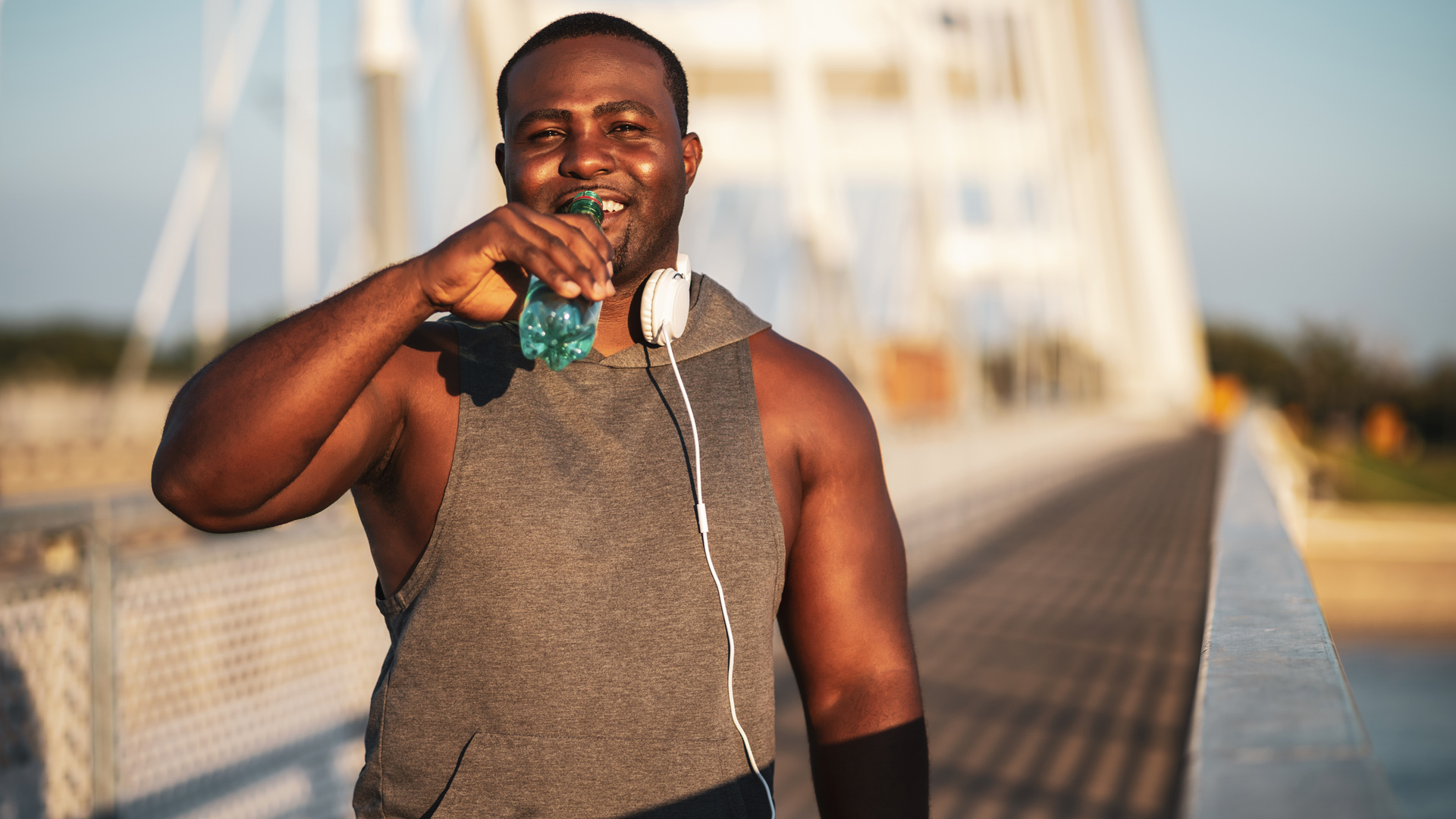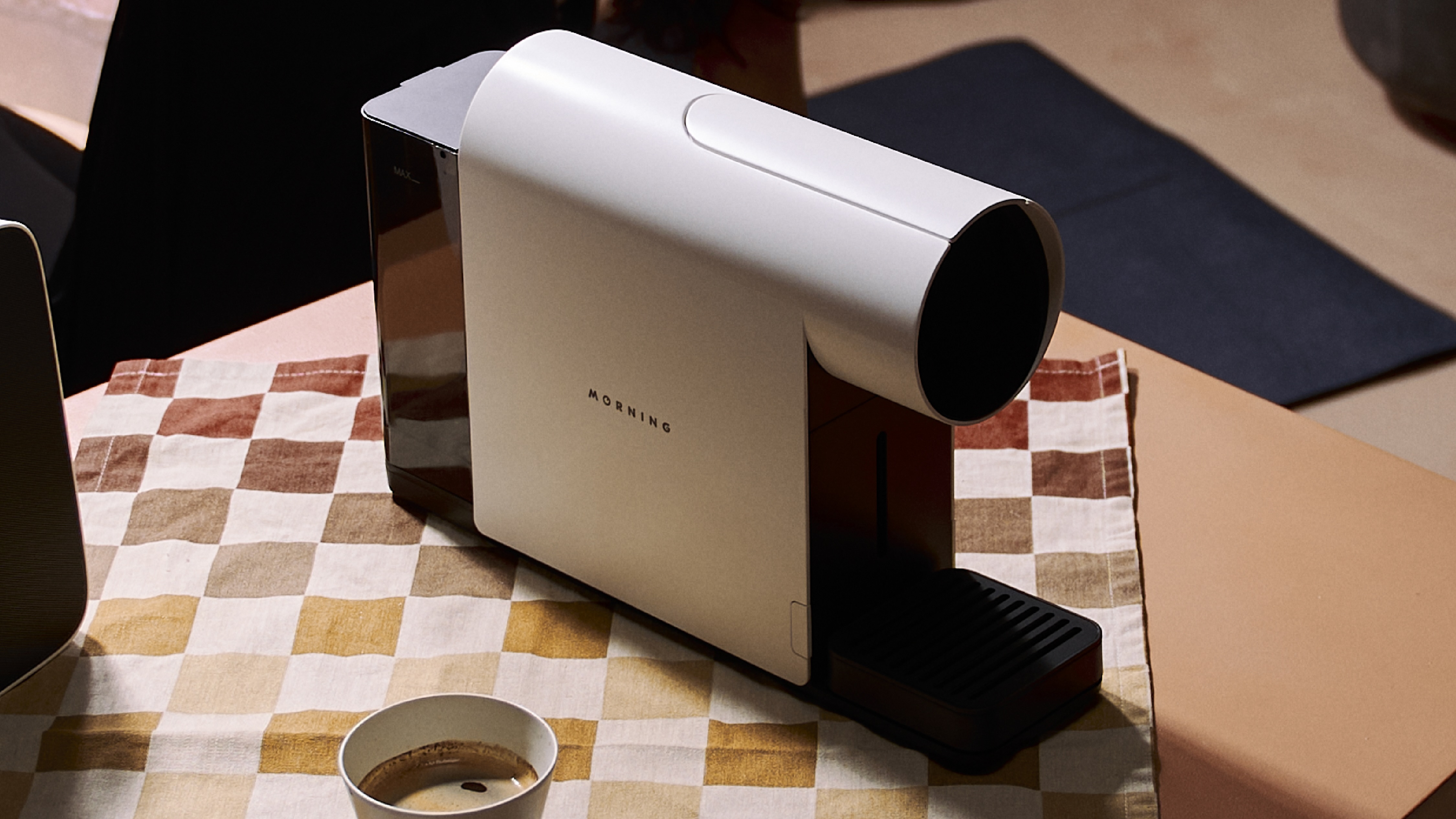

You were ready to change things last year. You wanted to torch fat, build muscle and get fit for the new year. But right now, that is harder than ever. You might think that the only way to get fit is to hit the treadmill or exercise bike an hour a day, every day, or start doing heavy resistance training and full-body workouts. And although all these activities would help you lose fat and build lean muscle mass – especially if your diet is correct – they also take considerable willpower to start.
Many people fall into the trap of changing their lifestyle too quickly, setting themselves up for failure. Going from eating pizza every night and doing no exercising to having leaf salad and loads of exercising will send your body into panic mode. You are more likely to abandon your new, healthier lifestyle.
Small, incremental changes might not melt fat off you in one week, but they will help ease you into a healthier lifestyle. And, of course, they will also help you get fitter and slimmer. We collected five strategies to help you become fitter and healthier than ever before, even if you are lazy. Not sure where to start? Here are some top tips on how to restart a fitness routine and how to lose weight.
5 strategies to get fit, even if you are lazy
The tips below are just the tip of the iceberg, but they should still make you more fit and mobile and boost your metabolism and cardiovascular system. Introducing these changes and strategies into your life can make the first steps towards getting leaner and healthier.
1. Apply some mobility changes
Want to get your body ready for rigorous exercising? The best way to start is to get more mobile. Our modern lifestyle makes us stationary; we tend to sit and stand a lot, arms hanging next to our bodies, heads tilted forward as we stare at computer and phone screens. You can feel fitter by applying a few mobility changes to your everyday life. Change things up at home and work. We place items we use more often in the most convenient places in cupboards and wardrobes, and as much as it is convenient, it makes our bodies more rigid, too.
Try moving things out of the way. Make yourself reach higher up or deeper down for everyday items. Place all the snacks in the most obscure place in the kitchen. Put the shoes in the top compartment in the hallway cabinet. Move the side desk farther away from the sofa. These small changes will help you mobilise your joints and even get you to exercise. Is the frying pan on the lowest shelf in the bottom cabinet? You better do a squat to get it.

2. Drink more water
Even if you aren't planning on moving more, drinking more can help boost your metabolism. And when we say drinking more, we don't mean teas, coffees, or even juices, but water. Green tea and coffee are healthy to consume (not in industrial quantities, though), but they are also slightly diuretic, so they will make you pee more. On the other hand, water will aid your guts in processing food quicker and also help rid toxins from your body.
Sign up to the T3 newsletter for smarter living straight to your inbox
Get all the latest news, reviews, deals and buying guides on gorgeous tech, home and active products from the T3 experts
As for juices, they aren't entirely unhealthy, but you shouldn't drink more than a glass a day. Juices are high in sugar and regardless of the source of this sugar, since there are no fibres in them – not even orange juice with bits is as fibery as an actual fruit – they will spike blood insulin levels.
Water also has no calories; you can drink it as much as you want. Drinking more water will also make you feel less hungry since your stomach will be more stretched. If you still feel hungry, try swapping your unhealthy snacks for healthy protein bars and snacks. Protein takes longer to digest, and many protein bars available today are high in fibre and low in sugar, making them an ideal snacking option.
3. Buy an exercise ball
Exercise balls are amazing. They are versatile, like resistance bands, and can be used for exercising and everyday activities. For example, sitting on an exercise ball when you watch TV or work on the computer requires you to use your core muscles, maybe not to the extent as when you use an ab roller, but it is a good start. Sitting on an exercise ball will also naturally make you move around more. Not only do you roll forward and backwards a bit as you sit, making you use your ankle and knee joints more, but since you can't lean back, you are most likely to get up more often, which will help your metabolism and cardio system, too.
4. Get (brisk) walking
High-intensity cardio exercises like running or jumping on a rowing machine burn many calories. But they also require considerable effort and are not ideal for people who are overweight. This is especially true for running. Carrying extra weight will put more pressure on your joints, and although running can make your bones stronger, it takes time to build up the base stamina to run more efficiently.
In the beginning, you're better off with brisk walking. Brisk walking is the next best thing to running as it requires less effort but also burns calories and helps metabolism and cardio health. You don't need any special gear either, although good pair of walking shoes or running shoes can make walking significantly more comfortable. To track your steps, get a fitness tracker or a running watch, these devices can also measure heart rate and calories burned.
Also, research showed that people who listen to music with higher rpm would walk faster, so you might as well get a pair of sweat-proof running headphones too. This will also make the walking sessions more enjoyable. Try swapping some of your car journeys for walking sessions instead, and add a long walking session to your weekend plans. Once you get used to brisk walking, start adding some jogging intervals.

Why not try HIIT?
5. Try HIIT workouts
HIIT (high-intensity interval training) is the perfect workout for the time-poor. HIIT workouts consist of short bursts of high-intensity exercises followed by short low-intensity intervals. HIIT can effectively burn fat for up to 24 hours after the workout. Better still, you can use any equipment you like to do HIIT; try indoor exercise bike HIIT classes and kettlebell HIIT workouts, or use a jump rope for a quick session. A HIIT workout can be over and done within 20-30 minutes, most of which will be breaks in between exercises and sets.
To get started, try the ultimate HIIT workout or this 20-minute full-body HIIT workout for a total body experience. Have a look at this home workout that combines HIIT and strength training, and this 3-minute bodyweight home workout for a quick session. Finally, we have a couple of bodyweight HIIT workout recommendations for those who haven't got any equipment at home: full body bodyweight HIIT session and another one.

Matt Kollat is a journalist and content creator who works for T3.com and its magazine counterpart as an Active Editor. His areas of expertise include wearables, drones, fitness equipment, nutrition and outdoor gear. He joined T3 in 2019. His byline appears in several publications, including Techradar and Fit&Well, and more. Matt also collaborated with other content creators (e.g. Garage Gym Reviews) and judged many awards, such as the European Specialist Sports Nutrition Alliance's ESSNawards. When he isn't working out, running or cycling, you'll find him roaming the countryside and trying out new podcasting and content creation equipment.


